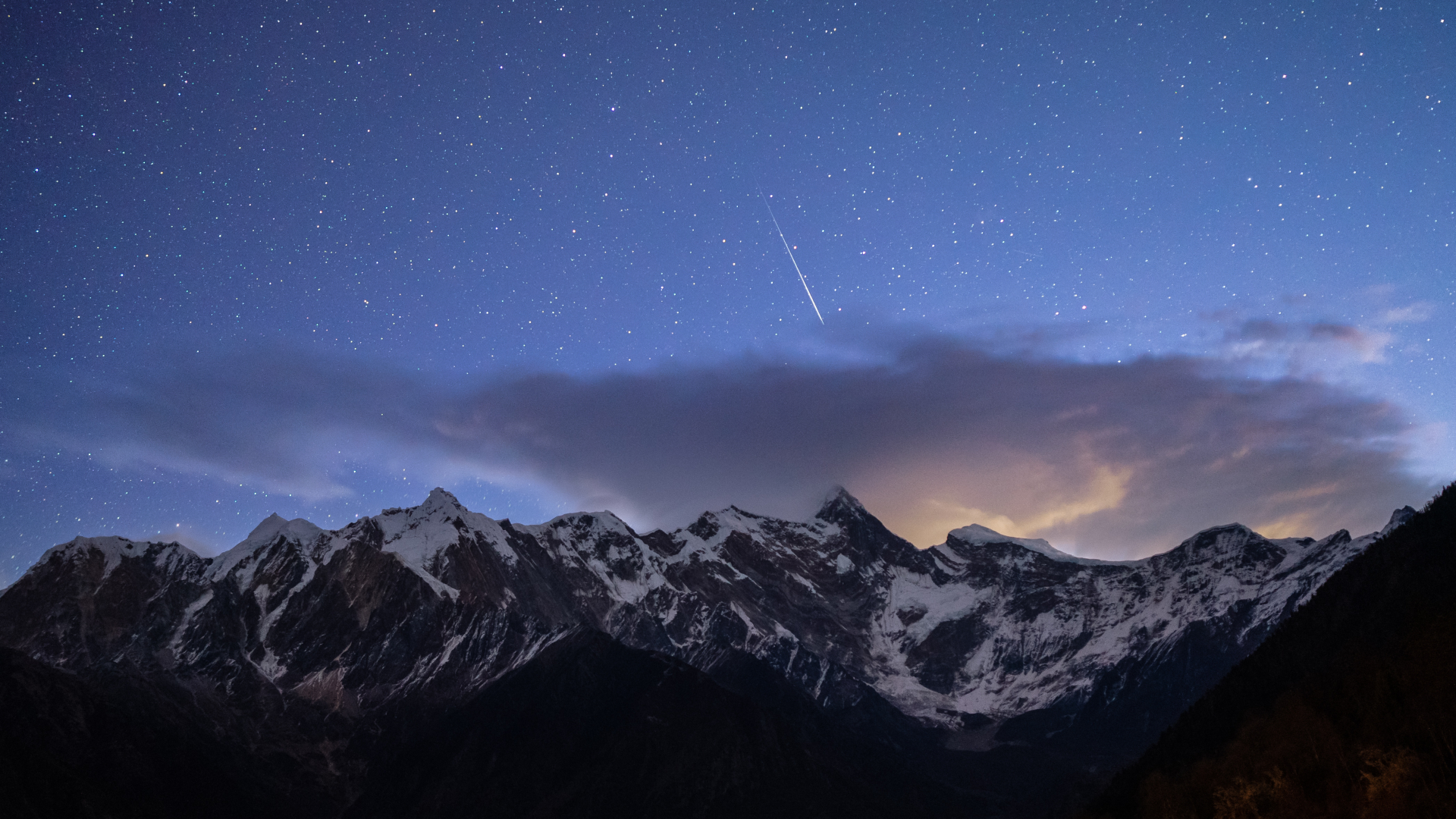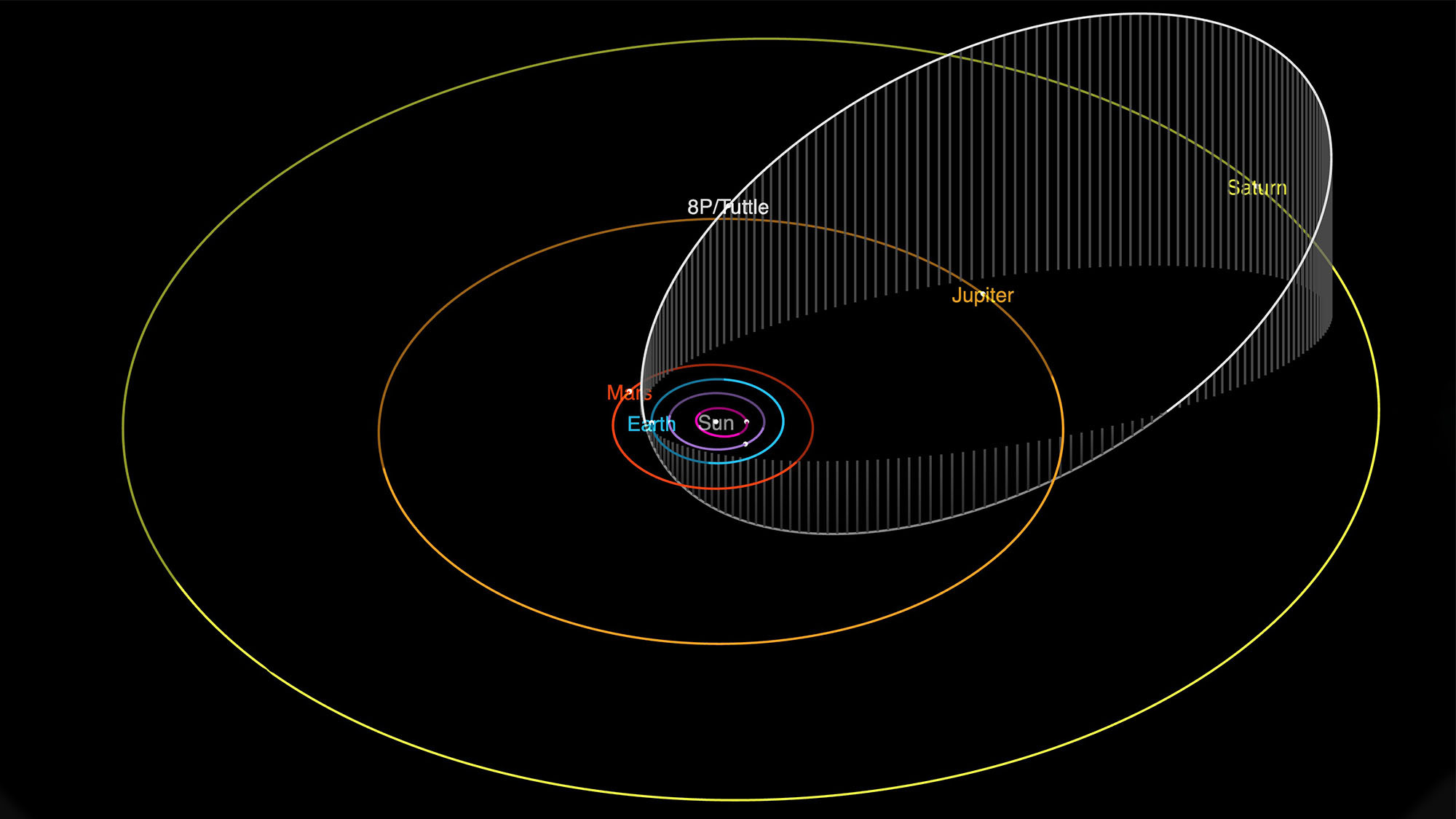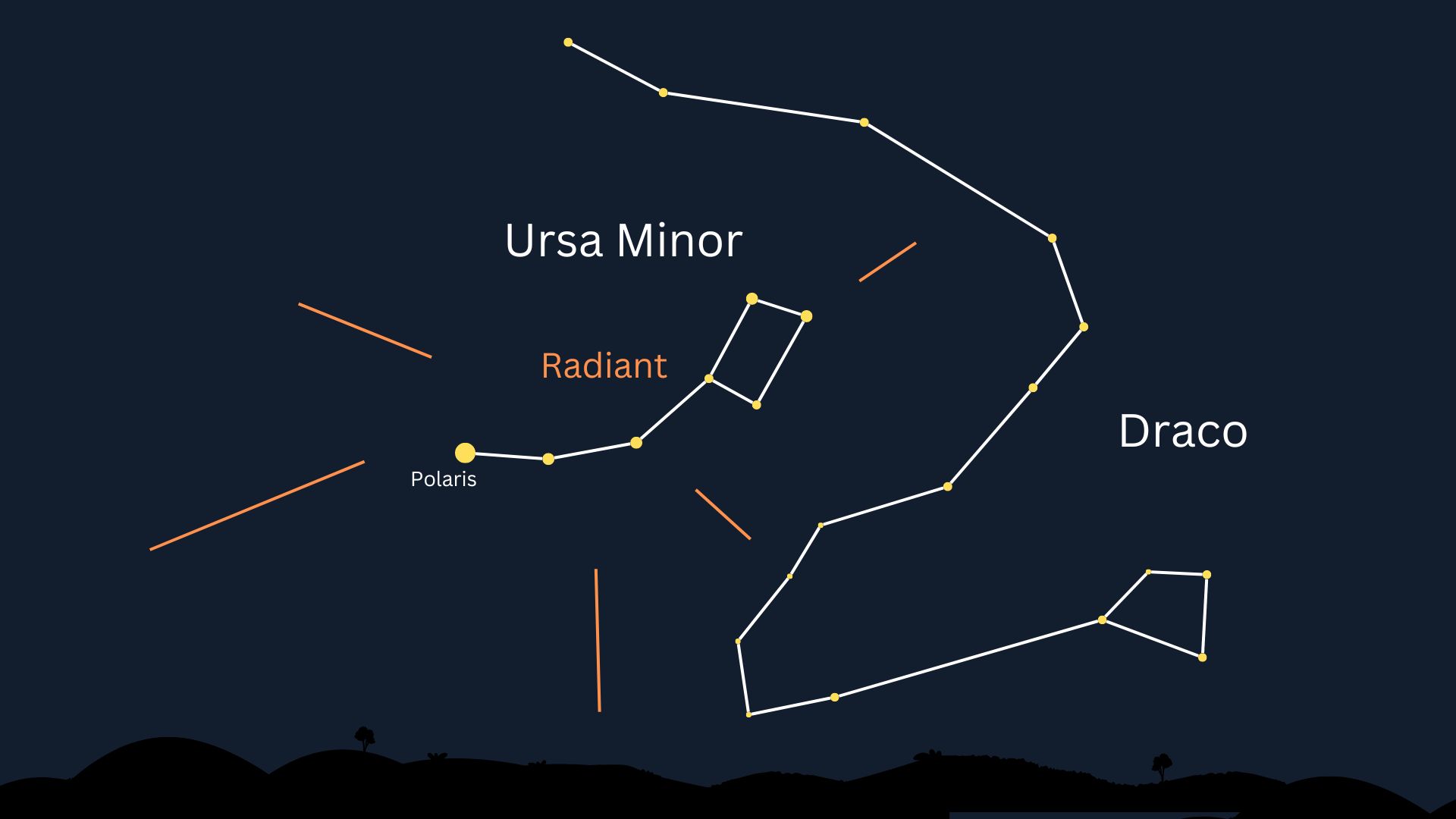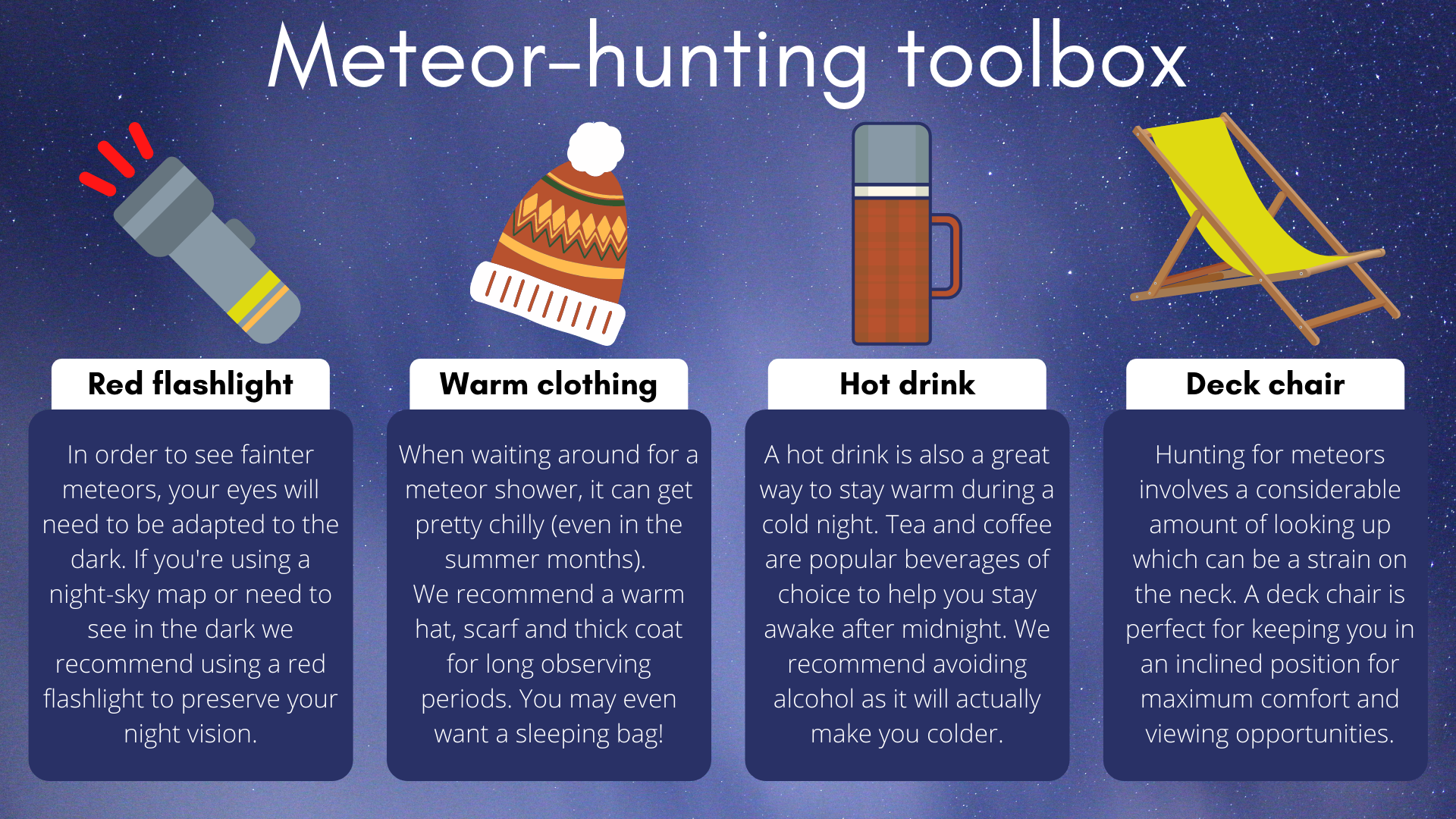
The Ursid meteor shower is active between Dec. 13 to Dec. 26 and will peak on Dec. 22. The best time to look out for Ursids is the evening of Dec. 21 through dawn.
The Ursids are generally a sparse display, producing approximately five meteors per hour, according to Royal Museums Greenwich. They are associated with Comet 8P/Tuttle, a periodic comet that follows a 13.5-year elliptical orbit around the sun.
Visibility will not be hindered for the 2025 Ursid meteor shower as the new moon will occur just before the peak on Dec. 20, providing dark skies perfect for meteor hunting.
Despite its usual tameness, the Ursid meteor shower has wowed skywatchers with some genuinely remarkable displays over the years. In 1945 and 1986, for example, up to 120 and 90 meteors per hour were observed, respectively.
What causes the Ursid meteor shower?

The Ursids are caused by the debris of ice and dust left behind by Comet 8P/Tuttle as it passes through the solar system on its journey around the sun every 13.5 years.
When Earth passes through the comet's debris, the "comet crumbs" heat up as they enter Earth's atmosphere and produce impressive "shooting stars" that streak across the sky.
Comet 8P/Tuttle is a medium-size comet approximately 3 miles (4.5 kilometers) in diameter. Its highly elliptical orbit around the sun brings it as close as 1.03 astronomical unit (AU) to our home star and as far out as 10.37 AU. (One astronomical unit is the average distance between Earth and the sun — approximately 93 million miles, or 150 million km.)
Where can you see the Ursid meteor shower?
Meteor showers are named after the constellation from which the meteors appear to emanate, known as the radiant. From Earth's perspective, the Ursid meteor shower appears to originate from the direction of the Little Dipper (Ursa Minor), and the radiant will climb higher in the sky in the predawn hours.
The Little Dipper is an asterism in the larger constellation of Ursa Minor, the Little Bear. The most famous star in the Little Dipper is Polaris, which is currently known as the North Star or Pole Star, as it appears to be aligned with Earth's axis, or celestial pole. (It's actually offset by 0.7 degrees, according to NASA.)

Don't look directly at the radiant to find meteors, as the shooting stars will be visible all over the night sky. Make sure to move your gaze around the nearby constellations. Meteors closer to the radiant have shorter trails and are more difficult to spot. If you only look at Ursa Minor, you may miss most of the Ursids.
If you need help navigating the night sky, our guide to the best stargazing apps for Android and iOS will help you explore the cosmos from the palm of your hand.
To best see the Ursid meteor shower, go to the darkest possible location, lean back and relax. You don't need any equipment like telescopes or binoculars, as the secret is to take in as much sky as possible and allow about 30 minutes for your eyes to adjust to the dark.
If you want more advice on how to photograph the Ursids, check out our how to photograph meteors and meteor showers guide. If you need imaging gear, consider our best cameras for astrophotography and best lenses for astrophotography.

What time is the Ursid meteor shower?
The Ursid meteor shower will be active all night long. The best time to look out for Ursids is the evening of Dec. 21 through dawn. During the predawn hours, the shower's radiant will be at the highest point in the sky.
Additional resources
To find out more about the Ursid meteor shower and whether it will be visible from your location, check out these guides from skywatching websites Time and Date and In The Sky.
Bibliography
NASA. (n.d.). APOD: 2011 May 14 - The Little Dipper. NASA. Retrieved November 15, 2022, from https://apod.nasa.gov/apod/ap110514.html
NASA. (n.d.). Ursid meteor surprise. NASA. Retrieved November 15, 2022, from https://science.nasa.gov/science-news/science-at-nasa/2000/ast18dec_1
Ursid meteor shower: When and where to see it in the UK. Ursid meteor shower: When and where to see it in the UK | Royal Museums Greenwich. (n.d.). Retrieved November 15, 2022, from https://www.rmg.co.uk/stories/topics/ursid-meteor-shower-when-where-see-it-uk







